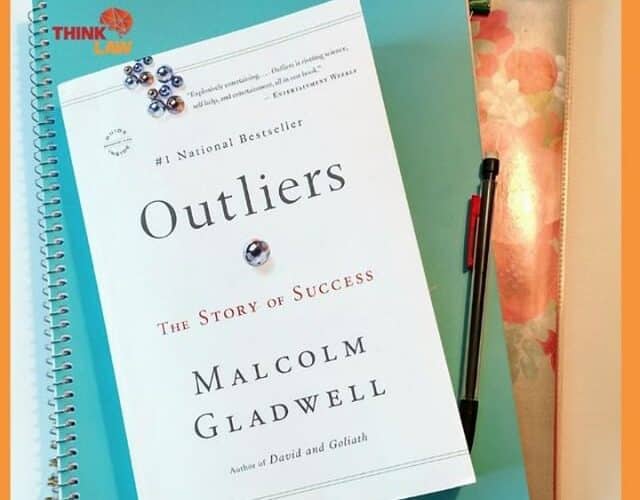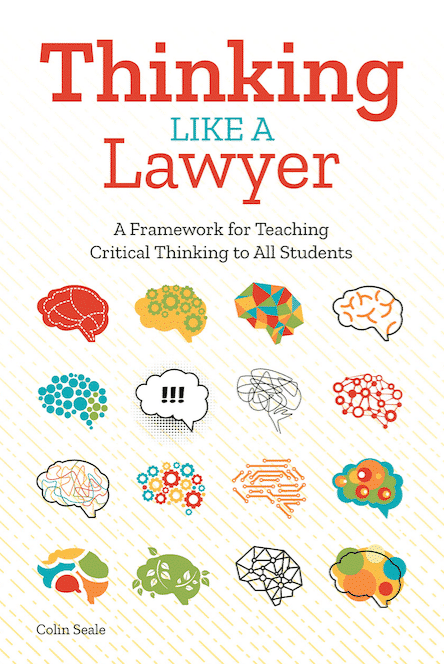by Malcolm Gladwell
Do you like to read but don’t have enough time? Don’t worry! We’ve got your back! Introducing the new thinkLaw series: 200ish Word Book Reports. We’ll do the reading for you AND make a connection to our shared work in the critical thinking revaluation!
There’s no such thing as a truly self-made man or woman. Everyone who has reached a level of success has had mentors, educational opportunities, and lessons that have shaped them into the best version of themselves.
Renowned author and journalist Malcom Gladwell opens his book by exploring the success of a wide range of individuals; from top Canadian youth hockey players, to Bill Gates, to the Beatles. Despite the glaring differences between these individuals they have two exceptionally important similarities: they are all extremely successful and they all had very specific opportunities that guided them to their success.
For the hockey players it was their birth months. The majority of players in the top youth leagues were born in January, February, or March. The same phenomenon can be witnessed in the NHL. What is so magical about these three months? In Canadian hockey the youth leagues are structured by players born in a calendar year. The cut off dates for each level of play goes from January to December. What they discovered was happening was that in the very early years of youth league play the older players were physically stronger, more coordinated, and more mature. As a result, they were consistently selected to play for more elite teams and coaches.
Gladwell explains that sociologists say that success comes from the result of “accumulative advantage.” By the time all players had reached physical maturity, the older players had experienced years of additional opportunities, extended practice, and more specialized coaching. That’s not to say that players born from April to December could not reach the top level of play, they were just dramatically less likely because they had not experienced the same level of opportunities.
The theme of opportunity continually presents itself through each story of success. Would Bill Gates have gone on to found Microsoft if he had not attended one of the only schools in 1968 to have a computer club? Would the Beatles have been as successful if they did not have the opportunity to perform live over 1,200 times before they experienced their first mainstream success? Perhaps. They are/were all unique individuals with special talents. But the opportunities they had that shaped and fostered those talents cannot be discounted.
The Take-Away
So how does that apply to us as we move our students forward to become successful?
Modern education is extremely self-limiting. We group students as soon as they come to kindergarten and all too often those groups and labels stick. Students who struggle with reading are given less complex questions to accompany simplified text. Students with behavior problems are removed from class and given worksheets. In American education, we’re so obsessed with hitting specific benchmarks by specific ages by specific grades that we’re not giving kids the space to grow, mature, think, and develop.
Not all kids learn the same. Not all kids grow the same. Not all kids process the same. We’re sorting students into categories and providing them with different sets of opportunities.
Are our English-Language Learners receiving the same high-rigor coursework as their peers? Are our chronic behavior students being challenged to think outside the box? Are kids in lower tracks being given engaging STEM challenges and field trip opportunities?
I never want to oversimplify the tremendous challenge of educating everyone in a nation of this size. It’s an enormous undertaking. But if we want to do better, we need to think differently. We need to start thinking about the opportunities we’re presenting every single student that walks through our doors. How much potential is being squandered just by limiting access to high-quality instruction, materials, curriculum, and opportunities for all students? Until we start to address these questions, we’ll continue to see the same results we’ve always had, and the same groups of students reach success.









Leave a Reply